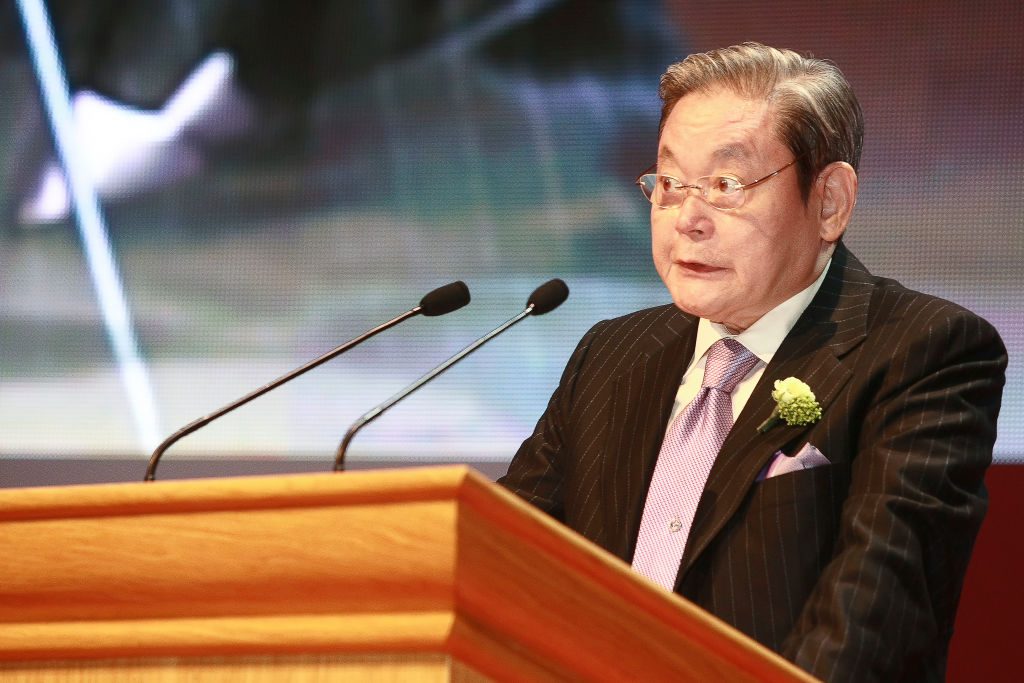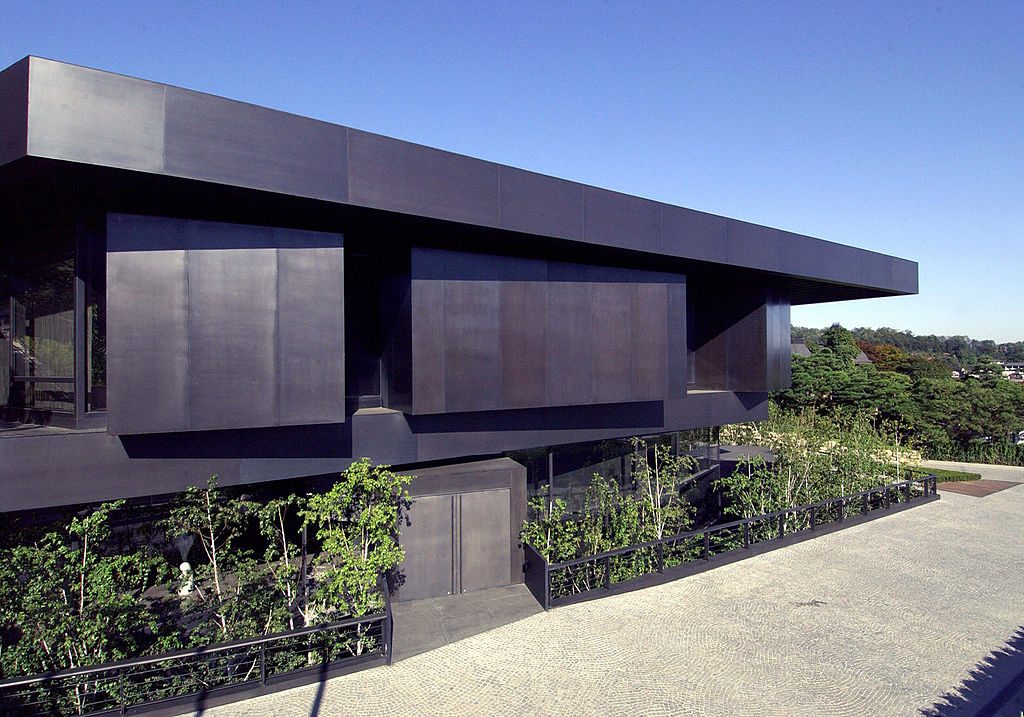Market
South Korean Art Organizations Are Scrambling to Keep the Heirs of the Samsung Art Collection From Selling It Off to International Buyers
The heirs are considering selling the collection to pay off their $9.7 billion tax bill.

The heirs are considering selling the collection to pay off their $9.7 billion tax bill.

Taylor Dafoe

South Korea’s cultural leaders are worried about the fate of the multibillion-dollar art collection amassed by the late head of the Samsung empire. The heirs to the fortune are considering selling off prized artworks to pay a mountainous inheritance tax, rather than keeping the collection in the country as many had expected. Now, Korean arts organizations are all calling on the state to step in.
Lee Kun-hee, Samsung’s longtime chairman, was the richest person in South Korea when he died in October at the age of 78. He stockpiled a collection of some 12,000 works of art during his lifetime, according to local news outlets such as the Korea Herald, and it could be worth billions. Among the artists represented in the collection are Monet, Picasso, Rothko, and Warhol.
Since December, three different sets of appraisers have been evaluating the collection, leaving many to fear that Lee’s heirs, including his son Lee Jae-yong and widow Hong Ra-hee, are considering selling it off to cover part of the record $9.7 billion (₩11 trillion) inheritance tax, which must be paid by next month.
Were they to do that, they would likely offer the artworks to international collectors. Most museums in the country can’t afford the top prizes in the collection, like, say, Giacometti’s 1960 sculpture Tall Woman III, which is estimated to be worth $140 million, or Francis Bacon’s 1962 painting Figure in a Room, which is valued at $133 million, according to the Korea Economic Daily).
That would mean that this generational private collection of modern and contemporary art would be dispersed elsewhere, rather than being donated to Korean institutions like the National Museum of Modern and Contemporary Art or Samsung’s own Leeum Museum of Art, as many assumed would happen after Lee’s death.

Leeum Museum 2, designed by French architect Jean Nouvel, stands in a natural garden 14 October 2004. Photo: Jung Yeon-Je/AFP via Getty Images.
Under Korean law, artwork cannot be used to pay tax in kind. But this week, 12 art organizations, including the Korea Fine Arts Association and the Korean Museum Association, as well as eight former ministers of culture in the country, issued a public statement calling on the government to change that mandate.
“We ask the National Assembly to immediately amend in-kind tax payment laws,” the statement read.
Last November, a member of the Democratic Party of Korea, Lee Kwang-jae, introduced a bill to implement such a change to the tax law. “Rep. Lee views art museums and art galleries as great schools. So there should be a policy that supports those institutions to possess valuable artworks,” a representative from his office told the Herald. “According to our research, the National Museum of Korea and the National Museum of Modern and Contemporary Art have around ₩3 to ₩4 billion annual budget for new purchases. How can they purchase, for instance, an artwork of contemporary artist Lee Ufan that is usually worth more than ₩18 billion won?”
The Samsung Foundation, which runs the Leeum Museum and is currently overseeing the appraisal process, told Artnet News that it is “not in a position to make a comment on personal matters regarding the late chairman.”